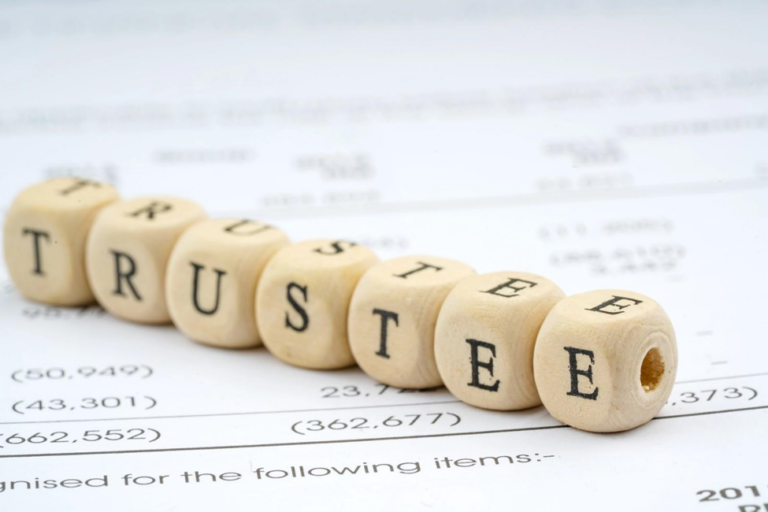Recently my wife and I purchased bicycles for our two young children. If you can recall your own experience with learning to use a bicycle, or remember attempting to teach your own children, this can be a very daunting task for everyone involved. The fear of falling and being injured is ever-present in the children’s young minds. It is hard to combat a sometimes instinctual desire not to peddle and the want to move forward when your feet are not actually touching the ground. Instead, young children want to stop, drop the bike onto the ground and walk away in frustration. After several attempts to coax a child to learn, some parents can feel the same way.
With my past experience with bicycles, I was tasked with the responsibility of teaching my children. As I went through the recent experience with them, the primary statement I kept repeating to them as they learned to ride was “don’t worry, just keep pedaling.” Most issues with learning to ride a bicycle can be resolved by following this simple first rule.
The first concept that new bicycle riders need to discover is how to balance. You will notice that it is difficult, even as an adult, to balance a bicycle on two wheels without any movement. It usually takes an adult practicing for a significant period of time, standing on top of the pedals, in order to accomplish this goal. For a child, balancing without any movement is almost impossible. Instead, the ability to balance on two wheels is achieved by the bike utilizing its forward momentum. In basic terms, forward momentum (even at a low rate of speed) allows the rider to maintain balance on a bicycle with little effort. In fact, you will notice experienced bicyclists can maintain their balance, and even turn wide corners, without their hands on the handlebars because they are pedaling at a steady rate and moving forward.
This is where my mantra of “just keep pedaling” comes into play. Most issues and the concerns of falling down can be resolved by forward momentum. In fact, the odds decrease that you will lose your balance and fall down. Essentially, forward momentum allows a rider to have more control—not less.
Once children internalize this concept and overcome their initial fear of moving forward, it becomes instinctual to them. It becomes so instinctual, that once someone learns to ride a bicycle, no matter how many years have passed between experiences on a bicycle, they can still operate one. You then often hear the term “it is like riding a bike” to describe how easy an action is to repeat once it is learned.
Creating, running, and maintaining a successful business are similar concepts to learning to ride a bicycle. At first, it is a daunting proposition. As such, some businesspeople will hesitate to move forward. Nevertheless, your and the business’s ability to succeed now (and to continue to succeed) will be based on forward momentum. A business, its owners, and those others responsible for its success need to “just keep pedaling.”

Failure to provide forward momentum (even in small increments) leads a business to essentially lose its balance and “fall.” A loss of balance leads to a decrease in competitiveness and the overall ability for a business to succeed. As often stated by business or success coaches “if you are not moving forward, you are moving backward.” A business that does not “just keep pedaling” is allowing competitors to overtake them as they sit on the side of the road.
Just as a young child learning to ride a bicycle can become paralyzed with a fear of falling, a business can become paralyzed as well. As outlined in a previous post, found HERE, the fear of failure can lead to a business culture of paralysis where decisions are slowly, if ever, made. As an alternative, a “just keep pedaling” culture allows for continued movement toward a destination or goal. Mistakes may happen, but forward momentum provides a better opportunity to quickly recover to continue moving forward.
At the beginning of a new year, begin it with a “just keep pedaling” attitude. This mindset will certainly propel a business closer to success and nearer to reaching its goals than sitting at the side of the road waiting for the optimal conditions and the ability to balance without movement.
©2016 Matthew W. Harrison and Harrison Law, PLLC All Rights Reserved
This website has been prepared by Harrison Law, PLLC for informational purposes only and does not, and is not intended to, constitute legal advice. The information is not provided in the course of an attorney-client relationship and is not intended to substitute for legal advice from an attorney licensed in your jurisdiction.






